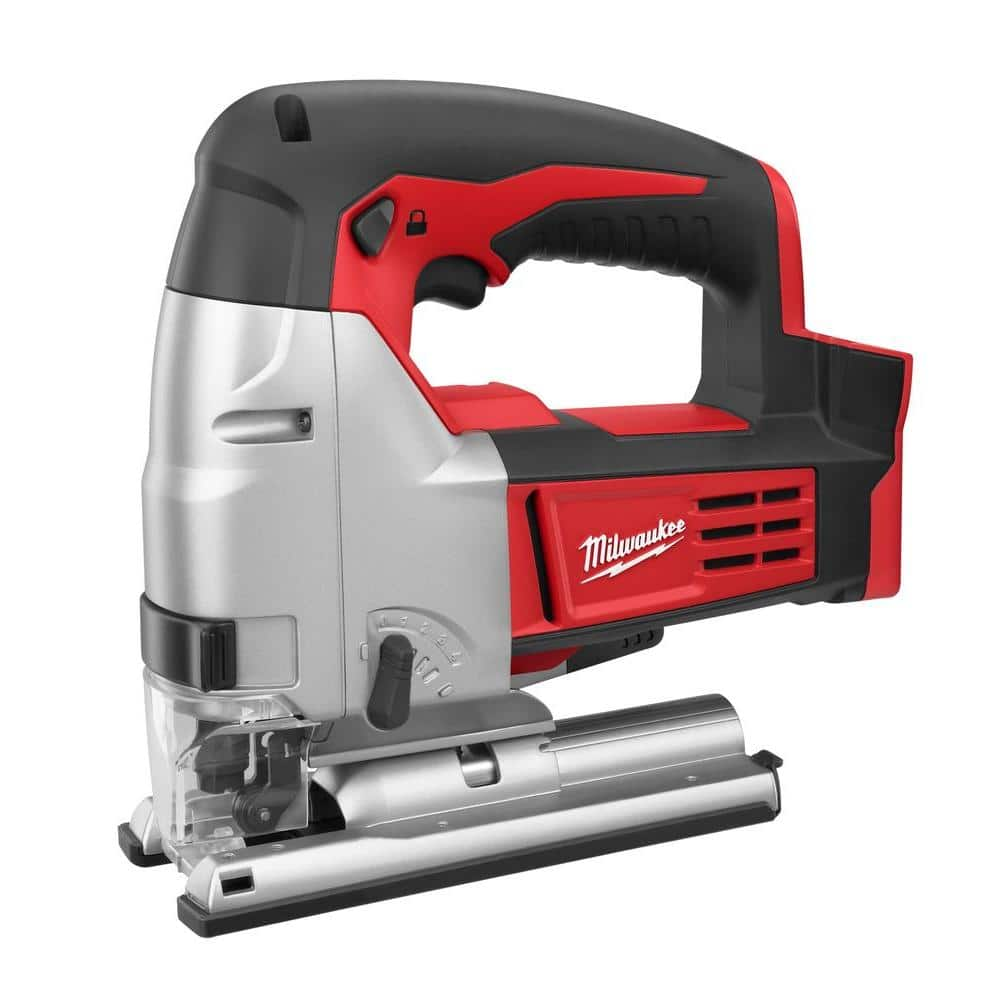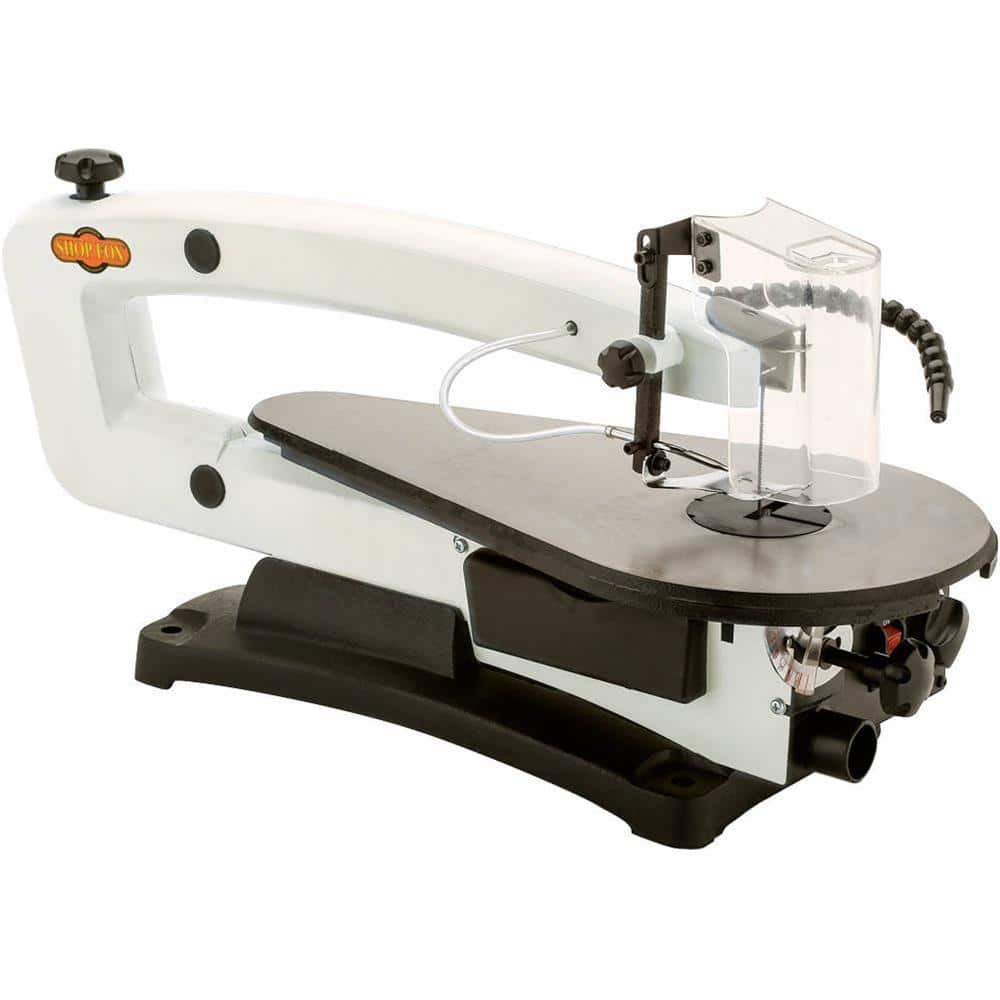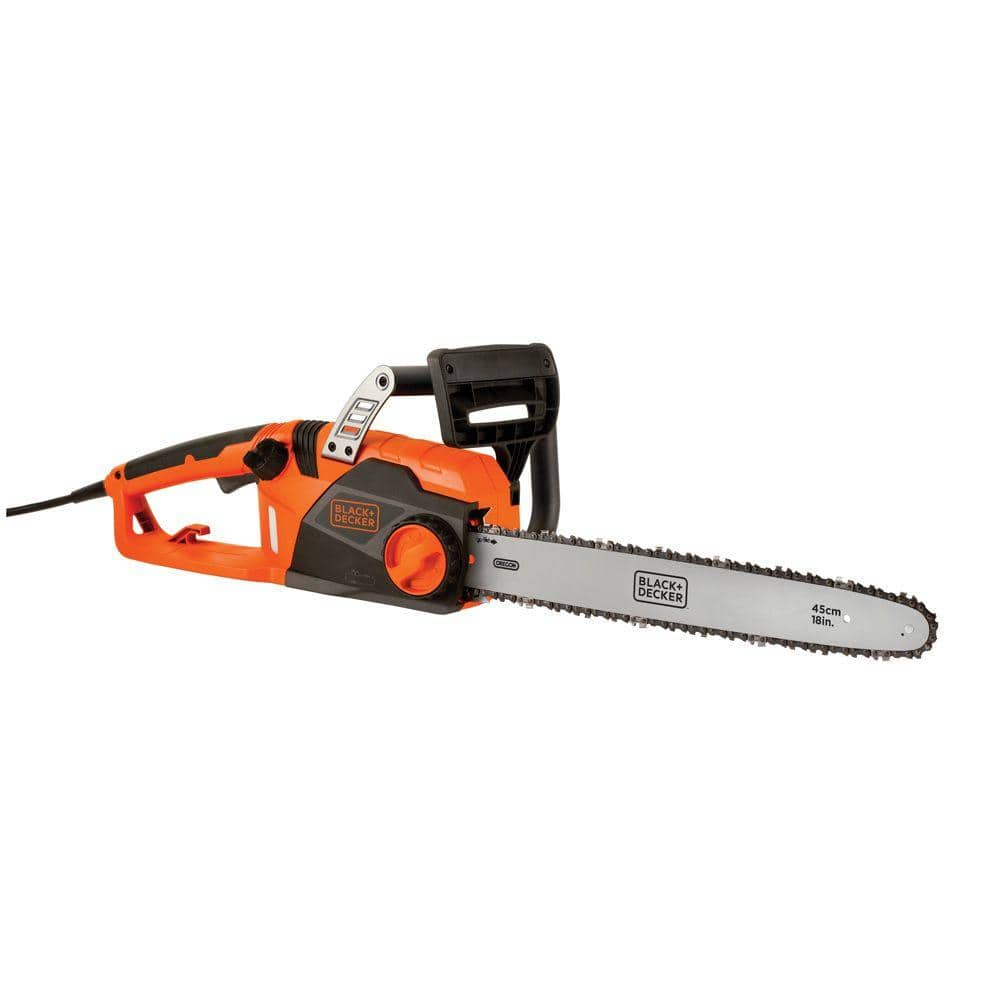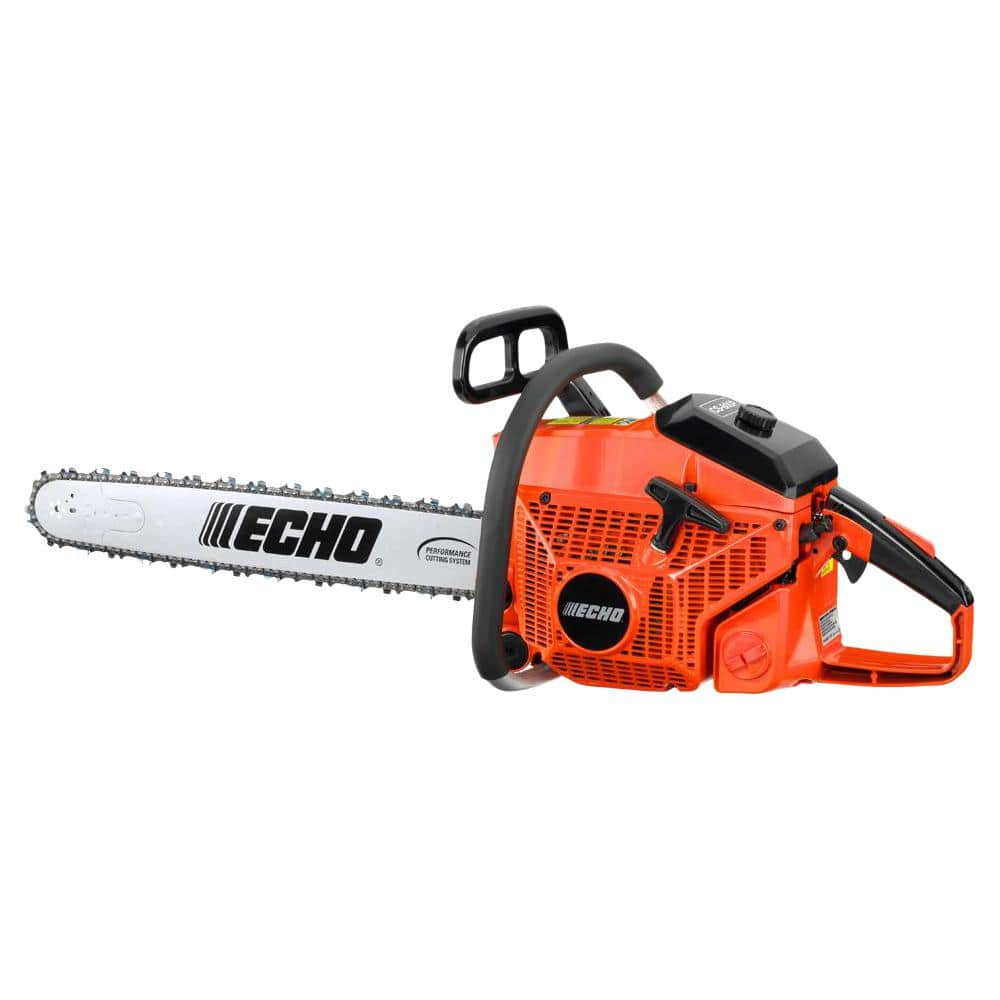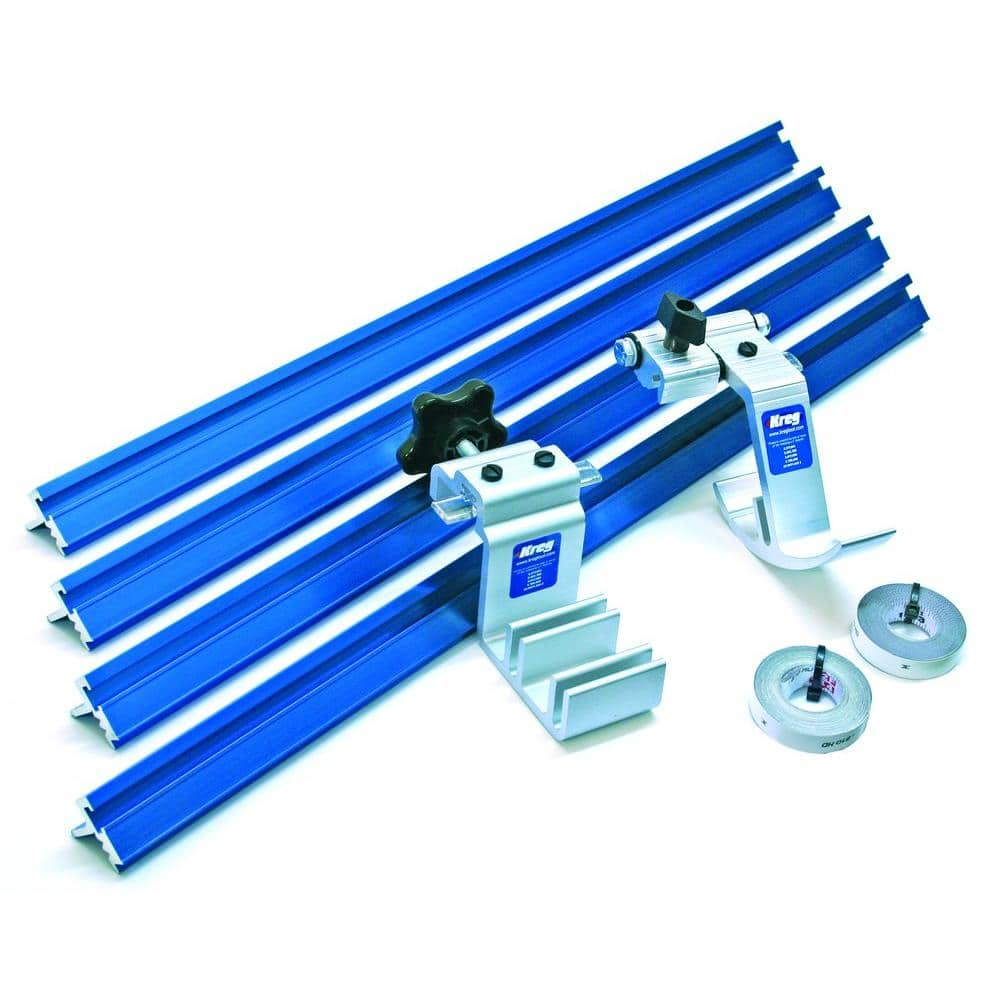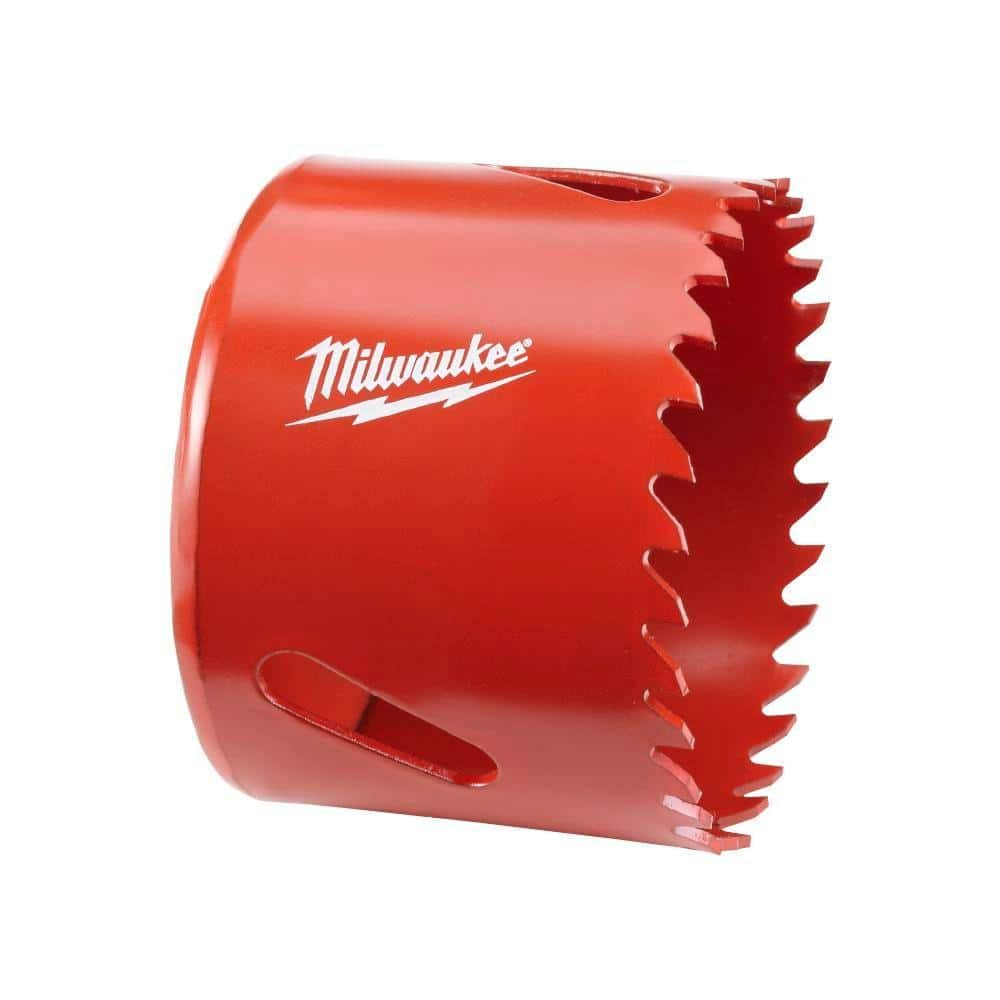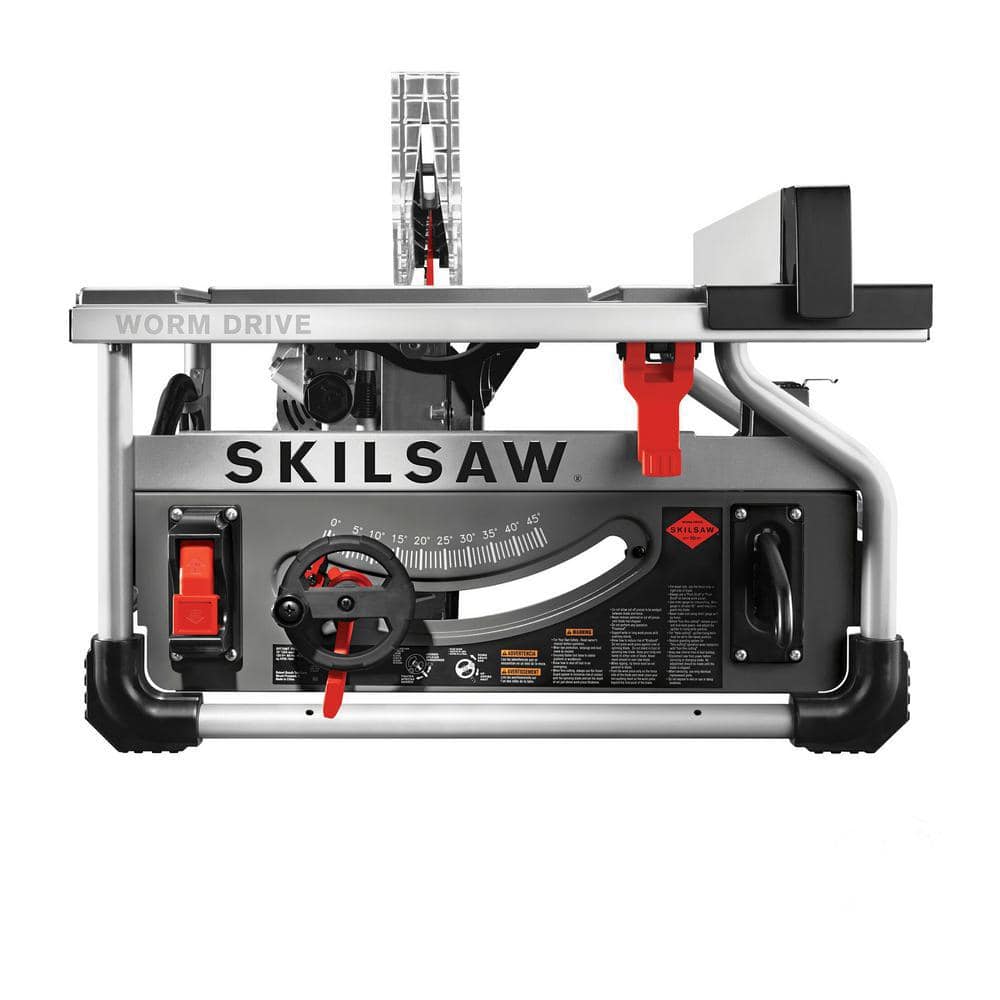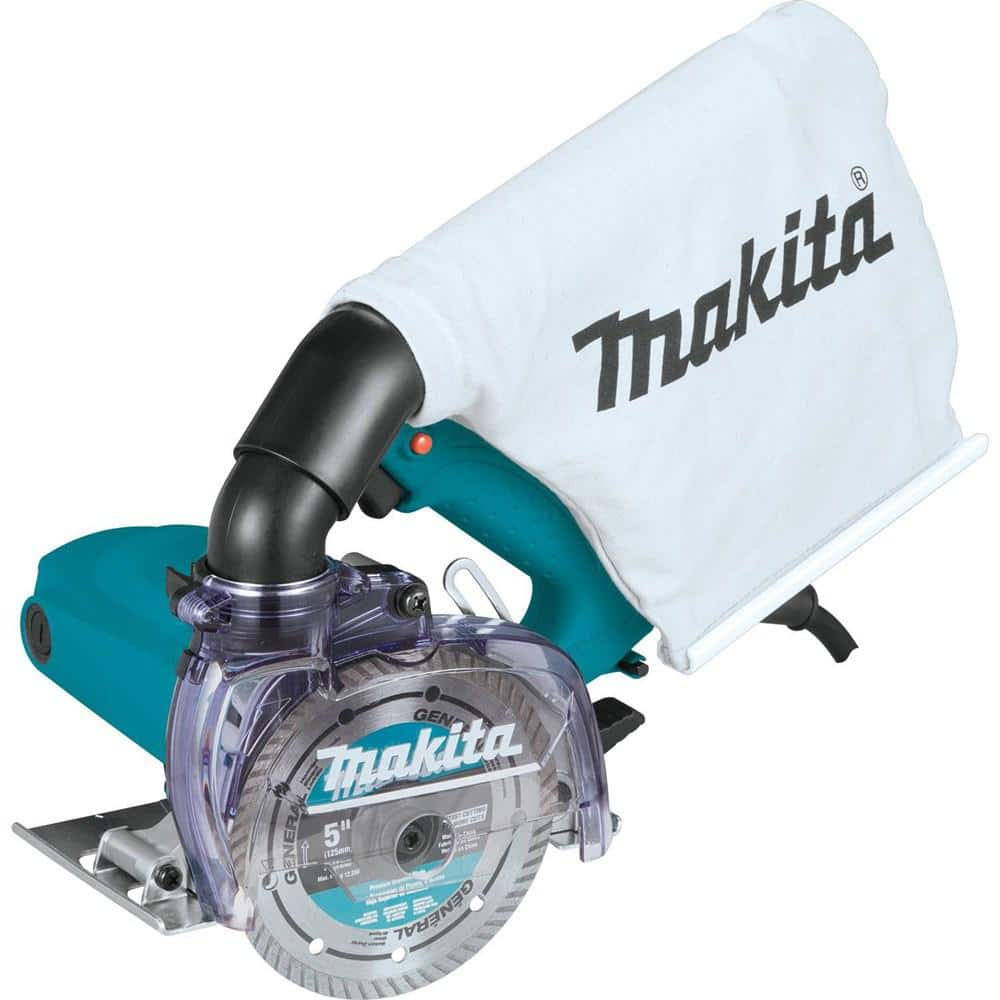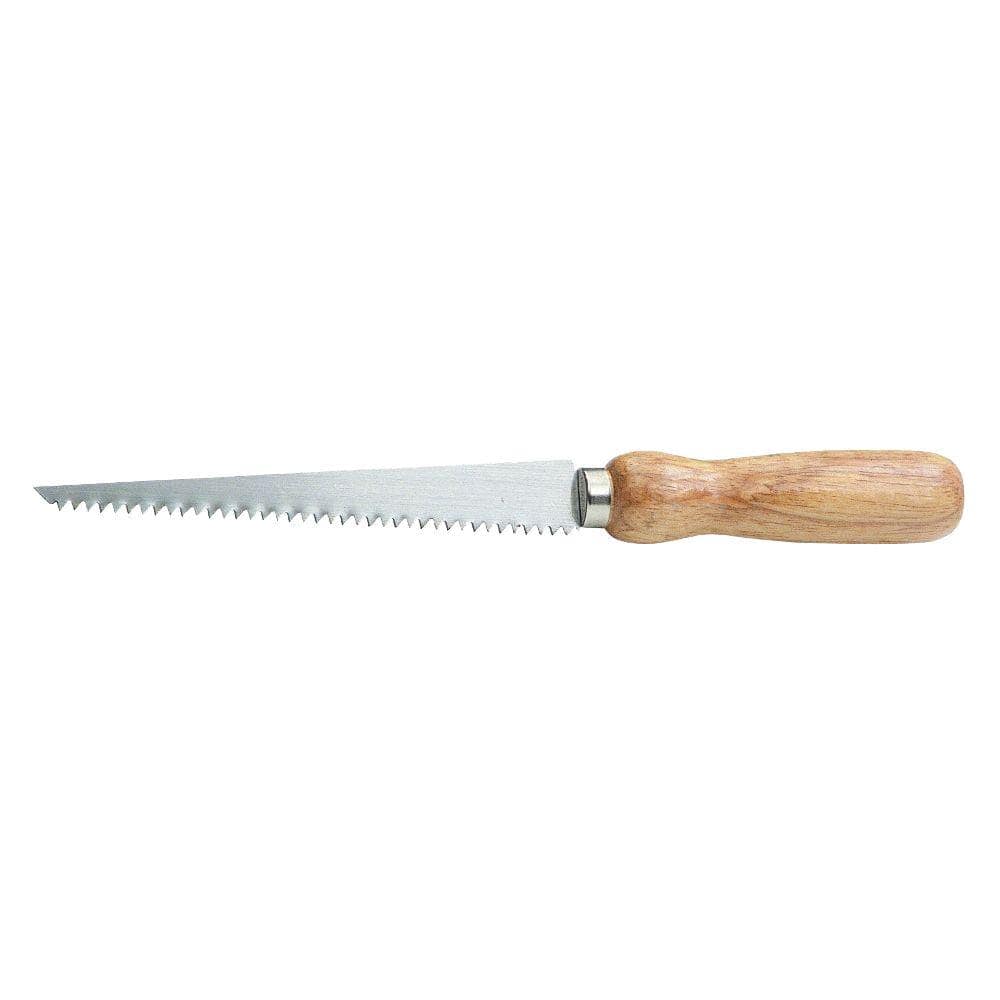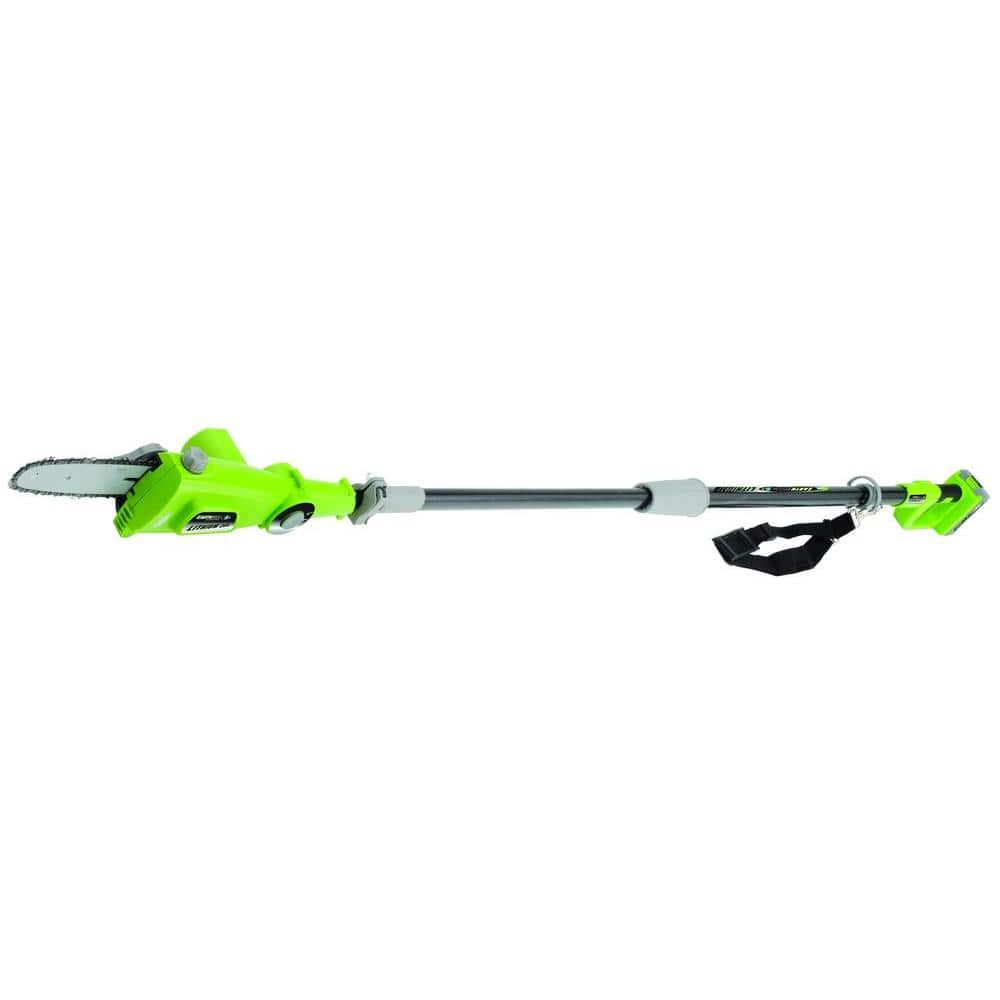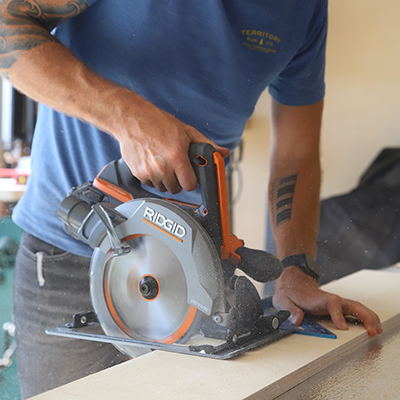Types of Saws

Last updated September 7, 2023
A portable saw is an essential part of any toolbox. You need a saw for cutting materials like carpentry, tile, drywall and carpet. The choices come down to hand saws that are easy to use and versatile, and power saws that make quick, clean and straight cuts.
This guide introduces you to the types of power saws suitable for your projects.
Safety is important when it comes to using these tools. This guide offers tips on blades for the types of saws you'll use and what to wear to protect yourself.
Table of Contents
How to Choose Power Saw Blades
How Saw Teeth Work
Power Saw Safety and Care
Types of Circular Saws
Types of Reciprocating Saws
Types of Saws for Drywall
How to Choose Power Saw Blades
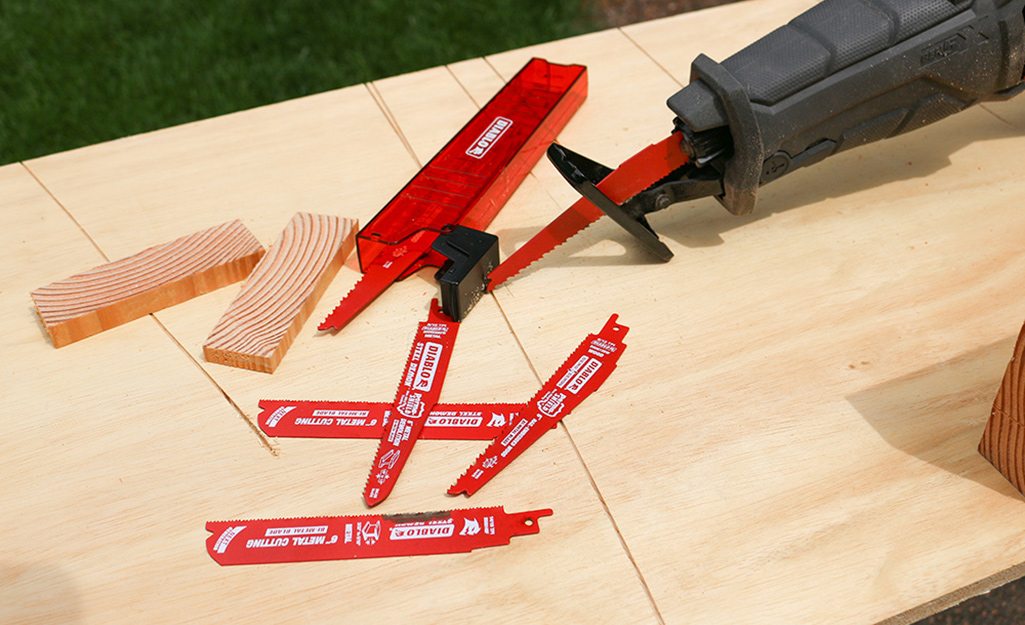
Differences in saw blades can be found in the material they’re made from, the thickness and the number and pattern of teeth. Replacement of saw blades is an important part of operating power saws. A dull blade reduces cutting efficiency and can be a safety hazard.
How Saw Teeth Work
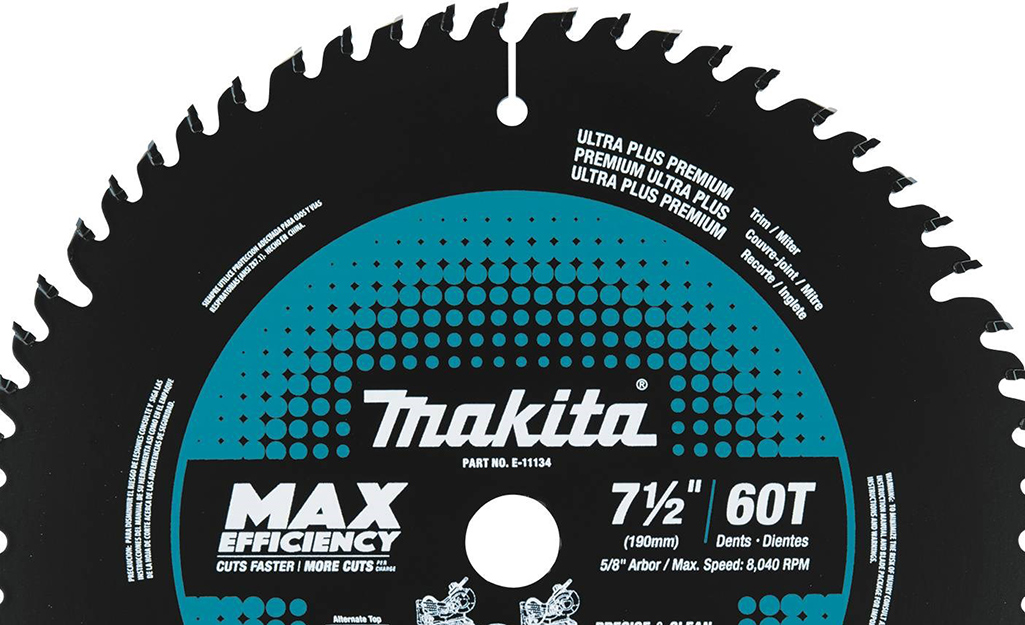
Here are some terms and tips to know when choosing the right saw blades for all types of cuts.
- Kerf is the space left by the cut, which is determined by how thick the blade is and how wide the teeth are.
- TPI indicates the number of teeth per inch found on the cutting edge of a saw blade. A higher TPI will make a smoother cut in detail work. Rough cuts for demolition will require fewer teeth per inch.
- Saws with larger teeth are designed for faster heavy-duty tasks.
- Smaller teeth work better for finer cuts on delicate surfaces.
- Saws often cut with the side of the teeth, which allows the thickness of the cut to be wider than the blade itself.
- Set is the way the teeth are bent in alternating directions.
Power Saw Safety and Care
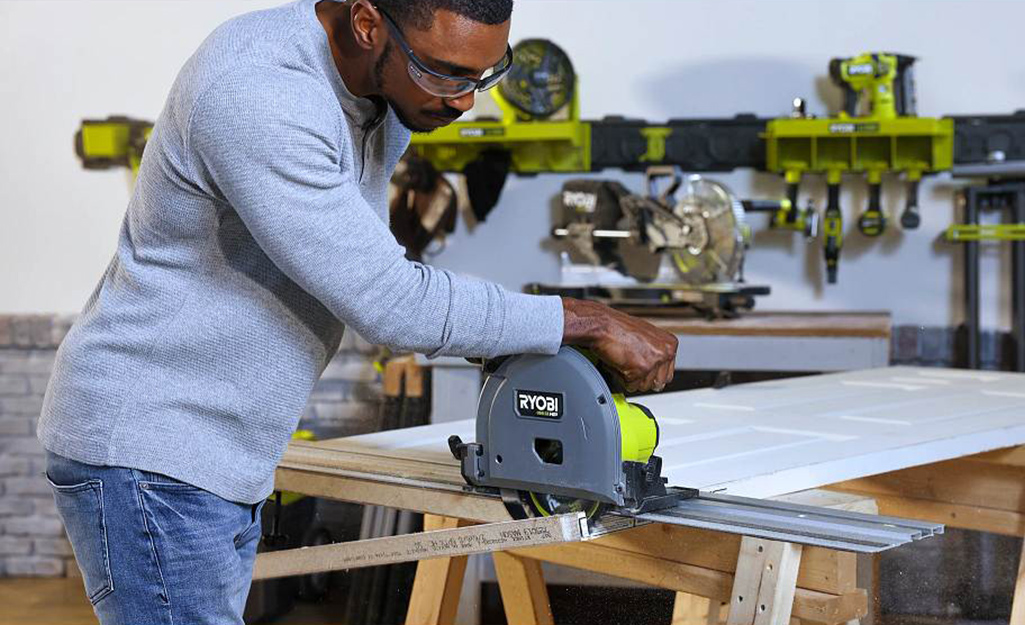
All types of power saws are effective when used properly, but they can be dangerous. Always follow the important safety information found in the owner’s manual and operate your saw properly to avoid serious injury from your cutting tool.
- Keep hands away from moving blades.
- Wear safety glasses to protect your eyes from dust or flying debris. Use appropriate ear protection to dampen the loud noise and a dust mask to avoid inhalation of sawdust.
- Do not wear loose clothing or jewelry when operating a power saw.
- Unplug the saw or remove its battery when changing blades and when not in use.
- Avoid dangerous kickback. Always use sharp blades that are intended for the material to be cut and follow the blade manufacturer’s guidelines.
- Do not attempt to turn on the tool when the blade is against material to be cut.
- Never force the saw while it is cutting. Allow it to cut at its own speed.
- Wait for the blade to completely stop before lifting the saw from a cut.
Types of Circular Saws
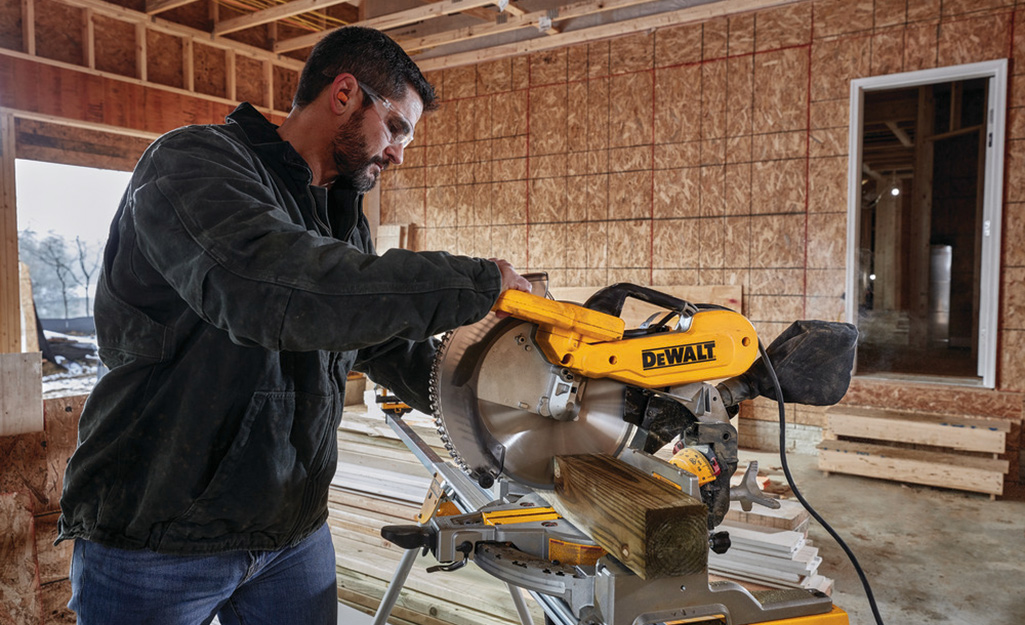
Circular saws are found in most DIY workshops and are used by pros on job sites. While primarily suitable for short crosscutting of a board or for a long rip cut to wood, different circular saw blades can be used for other materials. Circular saws are battery powered or corded and most models can make bevel cuts to 45 degrees.
Miter saws use a circular blade to make crosscuts and angled cuts, or miters, on pieces of wood or other soft material. These types of saws are very useful for carpentry and trim work, making frames or cutting crown moulding. On compound miter saws, the arm that holds the miter saw blade can pivot horizontally and vertically to make a miter and a bevel with one cut.
Table saws are a fixture of woodworking. They are used to rip cut boards, cut an edge, make crosscuts and even cut dados for joinery with the proper blade. On table saws, the circular blade sticks up above the table surface and the operator feeds the wood across the spinning blade to make a straight cut.
Concrete saws are powerful specialty cutters fitted with a diamond blade and are powered by a gas engine, electricity or rechargeable batteries. Concrete saws are used for masonry or asphalt work. These types of power saws are optimized for professional-level work, but even occasional users and DIYers can rent concrete saws for driveway or patio work.
Chop saws, also called cut-off saws, are used for crosscuts on metal or other tough materials. Chop saws look similar to miter saws but use abrasive or carbide blades to cut through steel or iron pipe with ease. These types of power saws are often found in use on construction sites.
Types of Reciprocating Saws
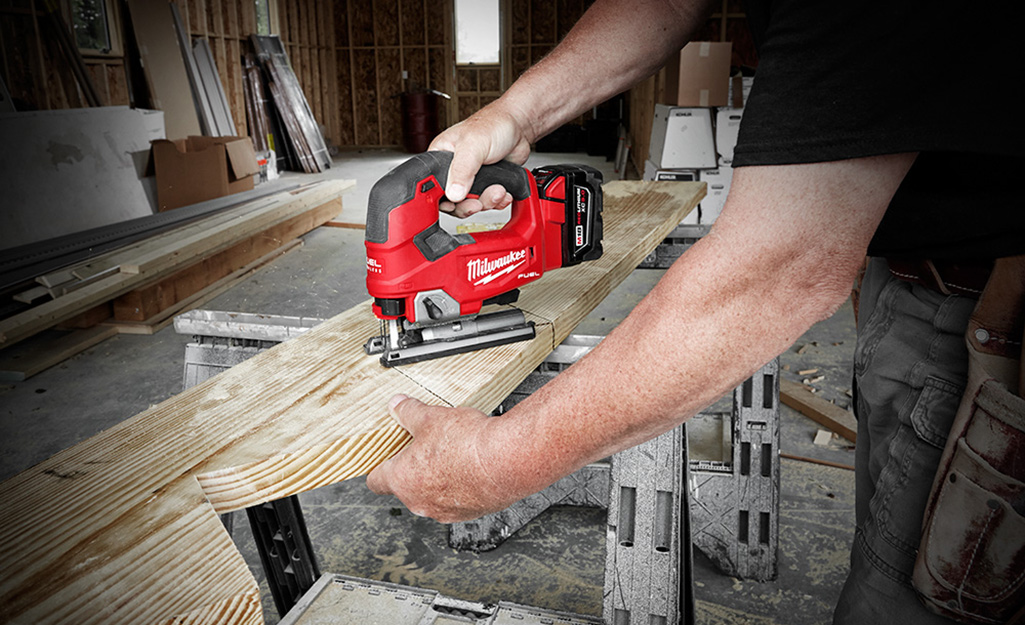
Reciprocating saws are useful for demolition and remodeling jobs. Reciprocating saw blades move rapidly back and forth to cut through tough material. When fitted with the right types of blades, reciprocating saws can cut through tile, pipe and nail-embedded wood. Many models are battery powered and portable.
Jigsaws cut along a straight line and can also make intricate curved cuts. While commonly used for wood, a wide variety of blades make jigsaws useful for cutting metal, tiles and plastic. One advantage for this versatile saw is that its blade can be inserted into a starter hole to make cutouts on a panel.
Scroll saws are used by woodworkers to make intricate rounded patterns and shapes into cuts of wood less than 2 inches thick. The thin blades on scroll saws create precise curves on ornate work. They are used for making jigsaw puzzles, wooden toys and other crafts with more precision than band saws.
Types of Saws for Drywall
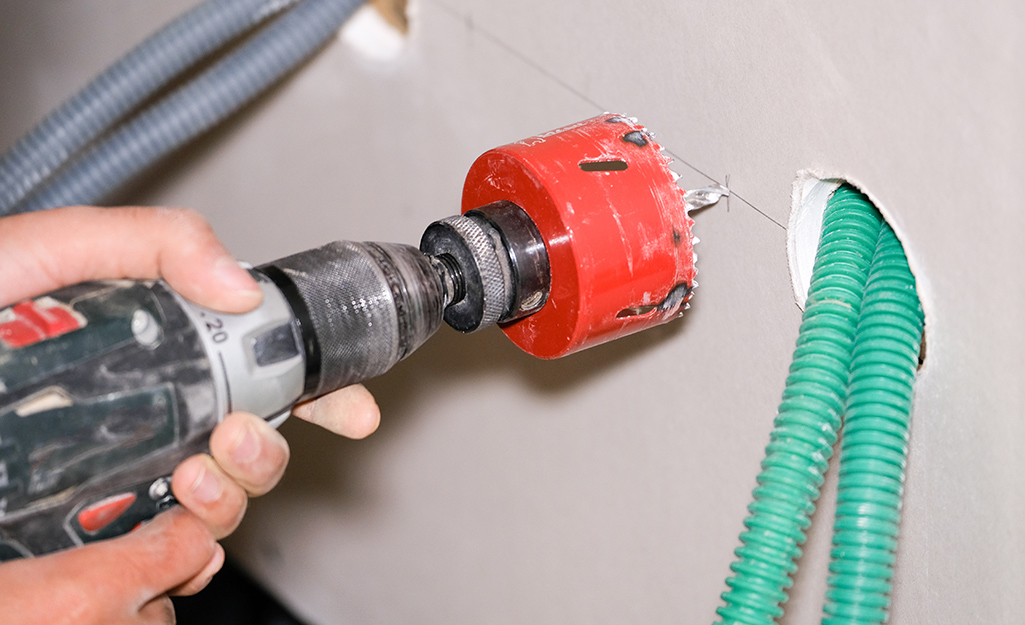
Drywall Cutting Tools: Drywall saws are designed to create cut-out openings in drywall, plywood and other thin, solid materials. Rotary saws are also suitable for drywall, but these are often smaller for hand-held operation.
Hole Saws: These type of saws fit on the end of a power drill. They are designed to create round holes in wood, drywall and metal. Hole saws are used for cut outs to install locks and deadbolts in doors, light fixtures in ceilings, pipes and plumbing in walls, and other applications where a perfect hole is needed.
Heavy Duty Types of Power Saws
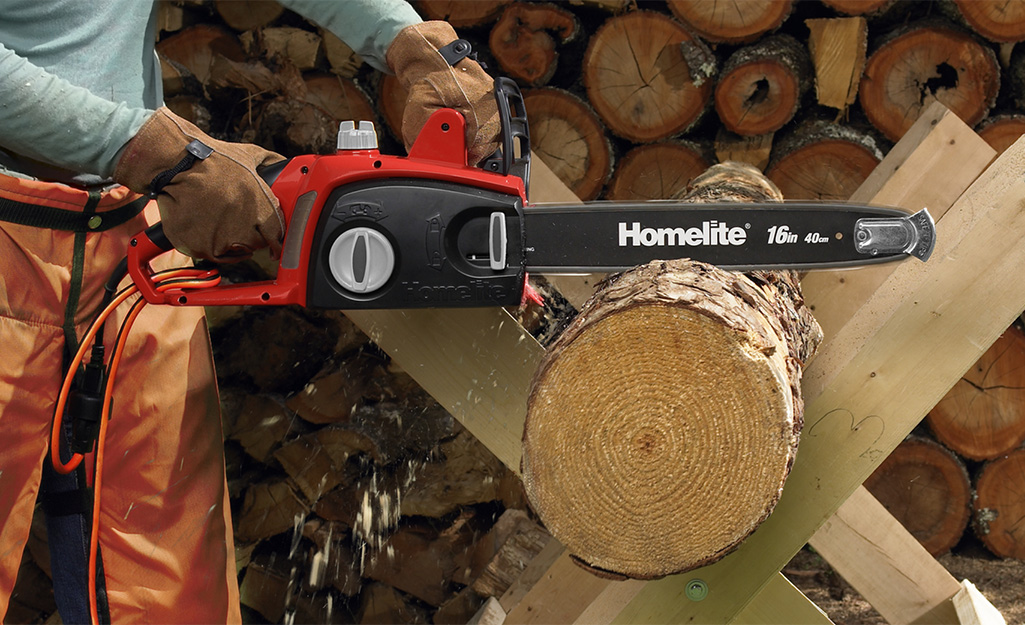
Electric chainsaws are used almost exclusively for felling trees, removing tree limbs and cutting tree logs for firewood. Chain saws are powered by electricity, batteries or gas. This hand-held power saw requires some level of training to operate. Eye and hearing protection and work gloves are essential when operating these types of power saws.
A tile saw is designed to cut ceramic, porcelain and stone tile for wall decor and flooring. A wet tile saw cuts with a blade specially designed to grind away at the tile without breaking it. A built-in jet sprays water from a built-in reservoir to lubricate the blade and remove the dust created by the sawing.
Portable band saws are suitable when it comes to cutting curves and for slicing through thick material. Stationary band saws are generally packaged with a rip fence (for resaw cuts to make wood thinner) and miter gauge (for accurate cuts across the grain). Handheld portable band saws can be found on construction sites and are used for cutting pipe and other tough material. With both varieties, the thin band saw blade is a continuous loop.
Panel saws are used in commercial settings to break down large panels. A full sheet of plywood, for example, can be placed onto the saw’s frame and a carriage-mounted circular saw is used to make precision horizontal or vertical cuts.
Other Types of Power Saws
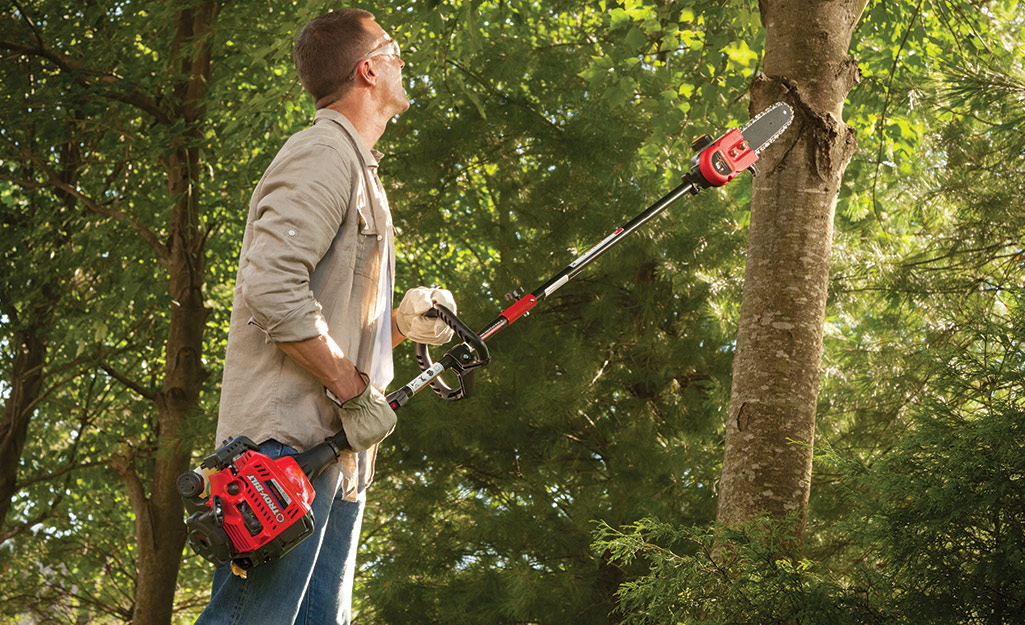
An oscillating tool saw is an essential for both DIY projects and professional use. The oscillating saw blade moves at speeds of 8,000 to 20,000 vibrations per minute. It is built for use in tight spaces and most models are ergonomically designed.
A gas pole saw is a lightweight chain saw attached to a bar that extends 8 to 10 feet in length. It is designed to cut down high branches from the ground without climbing a ladder. Pole saws are available in gas powered, electric or battery powered models.
While saws can be used for a wide variety of projects, there could be times when it doesn't make sense to purchase a new saw for a specific task on a one-time project. The Home Depot offers power saw rental so you use the equipment you need without it permanently taking up workshop space.

